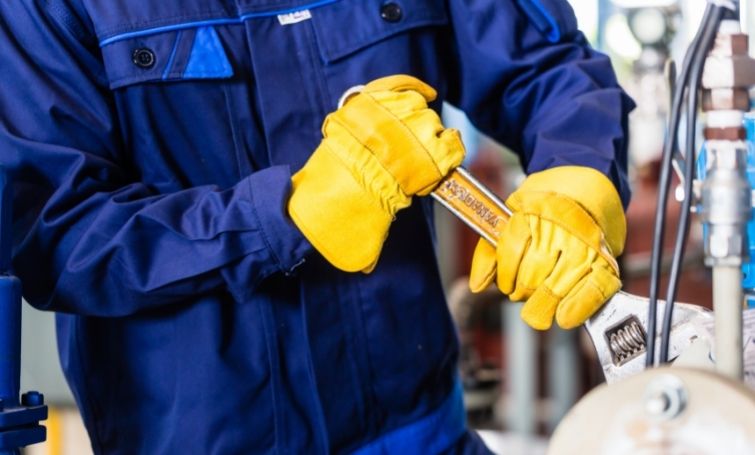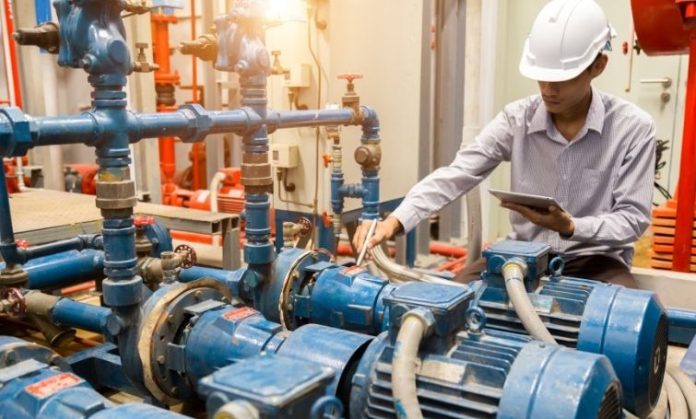Keeping your manufacturing equipment clean and well-maintained provides many benefits to your manufacturing and production processes. Generally, it allows equipment inspection that results in fewer instances of downtime. Because of this, you could make the most of your equipment and ensure your productivity. In addition, proper care and maintenance ensure the longevity of any equipment, helping you to save money, time, and effort.
Suppose you’re planning to extend the lifespan of your manufacturing equipment, such as lathes and gear shapers. In that case, you may consider researching top care and maintenance tips that’d make your equipment last longer. For that purpose, here’s an article to guide you. So, read on!
1. Keep The Equipment Dry
Water exposure on manufacturing equipment can cause corrosion and operational issues. If neglected, it can affect the functions of the equipment, leading to repetitive downtime and severe damage. Apart from this, wet equipment is more prone to electrical hazards than dry ones. On the other hand, keeping your equipment dry prevents rusting and discoloration, making the equipment free from dirt and damage.
To keep your equipment dry, you may need to wipe clean cloths on the equipment’s surfaces manually. You may also need to control your room’s temperature to avoid moisture buildup. In addition, refrain from placing your equipment in damp areas.
For better results, you may need to research the common issues that your equipment could suffer from. For this purpose, you may look at an informative post or two to know the possible causes you need to avoid.
2. Lubricate The Equipment Regularly

Lubricating your equipment is an excellent way to minimize the corrosion of metal parts. It also reduces the machine’s friction when used, reducing the effects of wearing and tearing. Furthermore, it holds the equipment’s temperature more stable, thus avoiding overheating.
You should use lubricants with high demulsibility or their ability to be separated from water for optimum results. This ensures that the oil will still work despite the humid environment. Apart from this, you may also look for products with high viscosity index that can work on extreme temperatures.
In application, you may brush or spray lubricants on the equipment’s surfaces and internal parts every six months. You may also use a grease gun for this purpose. However, if you’re using your machine more frequently, you may need to use it more recurrently. You may also refer to the equipment’s manual for guidance.
3. Keep Your Machine Clean
To make your manufacturing equipment spotless, you need first to ensure your workspace’s cleanliness. Remove any debris, grime, and dirt present in the area before operating your equipment. In addition, it’s highly suggested to place one machine in a production area alone as crowding a lot of equipment in the same space could adversely affect each other.
Apart from this, you may need to keep a cleaning schedule to ensure that you won’t miss washing and dusting the machine. For more thorough cleaning, you may need to buy pressure washers not just to clean your equipment but also to declutter and degrease your production area. Moreover, you may refer to the equipment’s follow care instructions for best results.
You might want to consider renting a pressure washer to clean the exterior of your equipment to remove loose dirt and other debris. Visit the Hotsy Equipment Company to learn more.
4. Use The Equipment Appropriately
You may need to use your equipment according to its manufacturer’s instructions for a more extended lifespan. In many cases, it contains dos and don’ts in operating the machines. Not following these instructions may speed up the machine’s wearing and make it more prone to damage.
Apart from this, using the appropriate equipment maximizes its performance. This way, you could increase your production while completing your tasks earlier than usual. If you’re a newbie and using old equipment, you may ask your seasoned co-workers for tips on proper handling and use for better operation.
5. Run A Maintenance Schedule
Despite cleaning your equipment regularly, your machine may still have troubles that you could only notice during scheduled maintenance runs. With this, you could troubleshoot your equipment or apply regular servicing instantly to avoid escalating the issues. This way, you’d cut maintenance costs and minimize maintenance time and effort.
A regular maintenance schedule also helps identify inconsistencies in your equipment. You may need to create a referral system with actions and designated persons for a simplified process for a more organized maintenance system.
6. Replace Parts If Necessary
Repairing your equipment’s faulty parts may only be advisable if the problems are minimal and may not require overhauling or other major repairs. If necessary, you may need to replace the damaged parts as soon as possible. However, consider the adage that you only need to fix what is broken. Thus, you may only replace parts if the equipment has downtime or wants a performance upgrade.
7. Store Properly
Although most types of equipment are hard-wearing, you may still need to store them in cool and dry places. Position them in areas where you could see them appropriately and won’t affect other pieces of equipment in the production area. You may also label the pieces of equipment that are damaged, need maintenance, and are out for disposal for easy identification.
8. Accessorize Only When Needed
Some pieces of equipment may need accessories, such as belts, filters, and nozzles, to improve their performance or counter wearing. When choosing an equipment accessory, you may consider the needs of your equipment first. Choose the one that’d improve equipment handling and performance. Think about their compatibility as mismatched accessories may cost you money and time.
Wrapping Up
Suppose you’re working on any manufacturing equipment. In that case, you may need to refer to this article to gain insight on how to take care of your machine to increase its longevity. On top of this, you may need to buy proven and high-quality equipment as it promises better performance and more prolonged use than most of its counterparts.
For more equipment care and maintenance tips and tricks, you could interview the seasoned workers in your production area as they may have insights you can bank on. In addition, always consider that every piece of equipment is different and may need unique ways of care and maintenance.
































